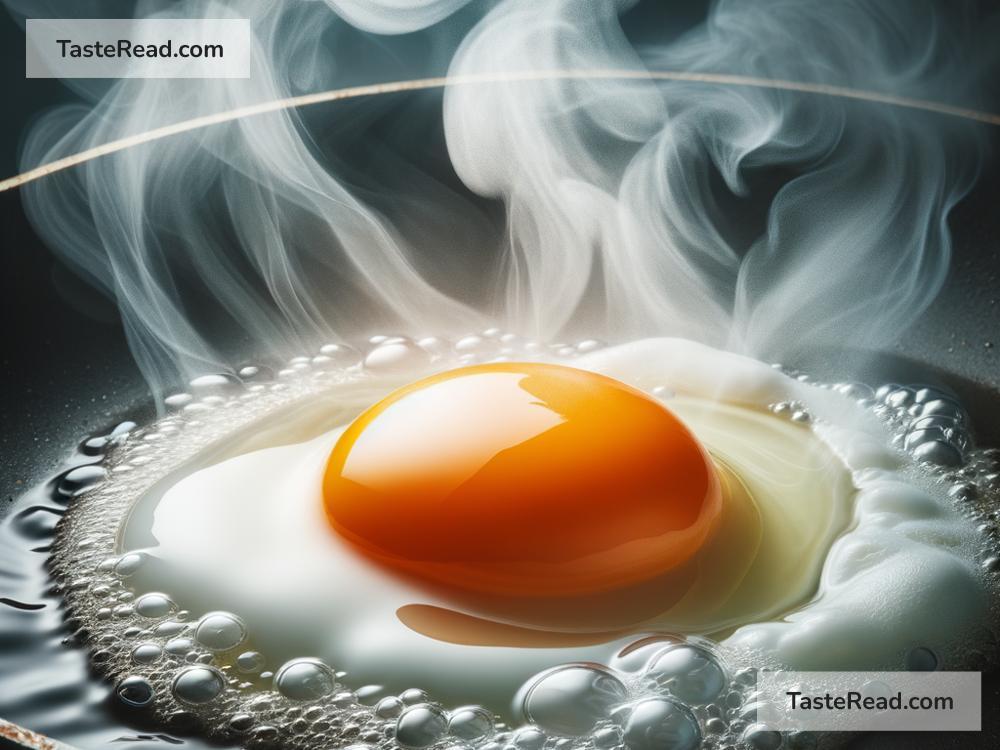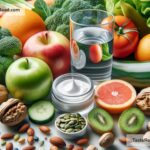The Effect of Heat on Proteins: Denaturation Explained
Proteins are essential building blocks of life, found in every cell and responsible for tasks as diverse as supporting our immune system, carrying oxygen in our blood, and helping our muscles move. These molecular workers are made up of chains of amino acids, folded into intricate 3D shapes that allow them to carry out their specialized jobs. But what happens when we expose proteins to heat? One major effect is something called denaturation, and it’s a fascinating topic that impacts everything from cooking to how cells function under stress. Let’s explore this concept in simple terms.
What Are Proteins, and Why Does Shape Matter?
Before diving into denaturation, let’s understand proteins a bit better. Proteins are made up of long chains of amino acids, akin to beads on a necklace. These chains don’t float around randomly; instead, they fold into complex shapes. This folded structure determines the protein’s function. For example, an enzyme (a type of protein) needs a specific shape to speed up chemical reactions, much like how a key fits into a lock.
This folded shape is held together by various forces including hydrogen bonds, interactions between amino acids, and chemical links called disulfide bonds. You can think of these bonds as “glue” holding the protein’s structure together. When this structure is disrupted, the protein loses its shape—and often its ability to do its job. This process is called denaturation.
What Is Heat Doing to Proteins?
Heat causes denaturation by breaking the bonds that hold the protein’s structure in place. Imagine you’re building a tower out of blocks, and someone comes along to shake the table—you’d likely see your tower collapse. Heat is essentially shaking up a protein’s carefully folded shape.
When proteins are subjected to high temperatures, the energy from the heat makes their molecules vibrate. As a result, the weak bonds holding the protein together start to break. Once enough bonds are disrupted, the protein unfolds and loses its structure. At this point, the protein is considered denatured.
It’s important to note that denaturation only changes the shape of the protein—it doesn’t break apart the chain of amino acids itself. The “necklace” is still intact, but the way it’s folded has unraveled.
Denaturation in Real Life
Protein denaturation might sound like a complex scientific idea, but you see it happen all the time. Here are a few everyday examples:
1. Cooking Eggs
Think of a raw egg. The egg white is clear and jelly-like because the proteins in it are folded into their natural shapes. When you heat the egg, like frying it or boiling it, the proteins unfold (denature) and form new bonds with one another. This creates a solid white texture. The heat broke the original bonds and allowed the proteins to link together differently, giving you a cooked egg.
2. Boiling Milk
Milk contains proteins like casein and whey. When you boil milk, the heat denatures these proteins, causing them to clump together. This is why overheated milk often ends up with a curdled texture.
3. Straightening Hair
Hair is largely made of a protein called keratin. If you use a flat iron to straighten your hair, the heat temporarily denatures the keratin proteins, allowing you to reshape your hair. However, this effect is reversible once the hair cools down.
Is Denaturation Permanent?
Whether denaturation is permanent depends on the situation. In cooking, denaturation is usually irreversible. Once you’ve cooked an egg, you can’t make it raw again; the denatured proteins have formed new bonds that don’t revert to their original state.
However, in some cases, denaturation is temporary. For instance, when you heat milk slightly, the proteins may denature but return to their original state after cooling, as long as the heat wasn’t extreme. Likewise, proteins in your cells can sometimes recover their shape after mild heat exposure, thanks to special helper molecules called chaperones.
Why Does Denaturation Matter?
Understanding protein denaturation is crucial in many fields, from cooking to medicine. For example:
– Food Science
Chefs and food scientists use heat to denature proteins to create foods with specific textures, flavors, and appearances.
– Biology
Cells in our body have a natural heat tolerance, but extreme temperatures can denature essential proteins, leading to cellular damage. This is why fevers above normal range can be dangerous.
– Biotechnology
In labs, scientists often heat proteins to study their structure or function, using denaturation as a research tool.
Final Thoughts
Denaturation shows us just how sensitive proteins are to temperature. When exposed to heat, their delicate structures unravel, dramatically altering their properties. Whether it’s fluffy scrambled eggs on your plate, curdled milk, or the temporary effects of a flat iron, denaturation is everywhere around you.
So next time you cook breakfast or observe a sizzling steak transform on the grill, you’ll have a deeper appreciation for the underlying science. Protein denaturation is not just a fascinating concept; it’s a key example of how the molecular world directly impacts our everyday lives.


